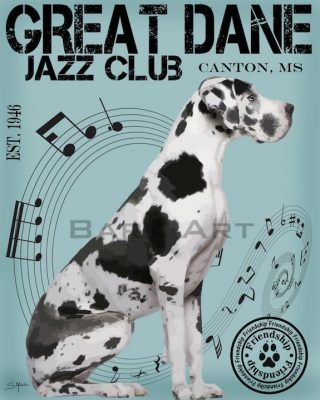
Unless one is a fancier, musher, or has ever bought a harness for a dog, most people don’t pay a lot of attention to their dog’s chest. The latter, then, may not know what is meant by deep-chestedness.
Some dogs are barrel-chested, which is to say they have a wide, round chest. This is not the same as being deep chested. Deep-chestedness refers to the length of the dog’s chest from the back to the sternum or bottom of the chest, and is usually associated with a proportionately narrower chest, emphasis on “proportionate” because deep-chestedness is proportionate. Such dogs usually have a chest that extends to or below their elbows, making them proportionately deeper and narrower than normal or barrel-chested dogs. This shouldn’t be confused with slab chestedness or “slab sided,” either. Slab chested dogs look, for lack of a better word, “tubular,” almost as if they were cut out of cardboard.
This shouldn’t be confused with “depth of chest” which is an indication of the volume of space for the dog’s heart and lungs. Some breed standards, such as the Alaskan Malamute’s, are very specific about depth of chest. That standard reads: “The depth of chest is approximately one half the height of the dog at the shoulders, the deepest point being just behind the forelegs.” Nor is consideration limited to working breeds. The Chinese Crested breed standard reads, “The depth of the chest tapers to a moderate tuck-up at the flanks.”
While perusing an old book, we came across an unusual expression to describe a good depth of chest on a dog, and we use it as this post’s title: “Deep through the heart.”
Image: Harlequin Great Dane Jazz by Sandra Medlin of KingLionStudio is available for purchase here
